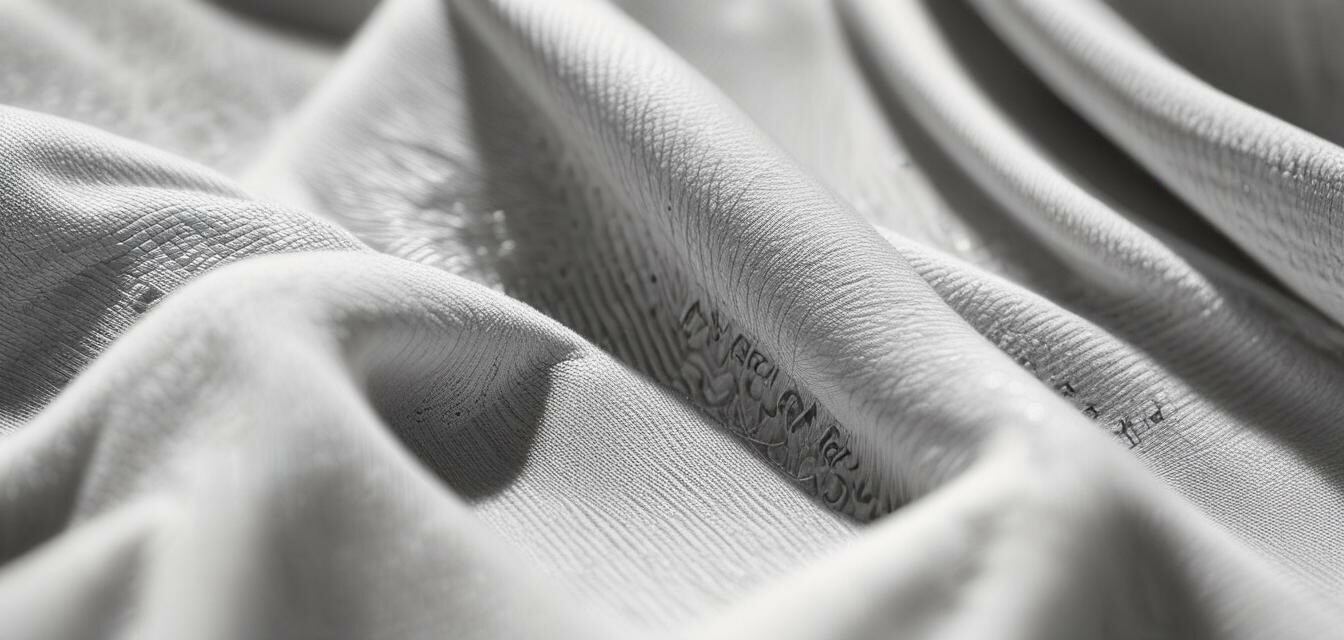
Cooling Fabrics: How they Enhance UV Protection
Key Takeaways
- Cooling fabrics are essential for enhancing comfort during outdoor activities while providing UV protection.
- They offer temperature regulation, allowing for prolonged wear in sunny conditions.
- Combining UV protection with moisture-wicking properties is crucial for outdoor enthusiasts.
- Suitable for various activities including hiking, beach outings, and sports.
- Understanding fabric technologies helps in choosing the right UV protective clothing for your needs.
The significance of UV protective clothing has amplified in recent years due to increasing awareness about skin health and sun safety. One critical aspect that enhances the functionality of UV protective clothing is the integration of cooling fabrics. These fabrics not only shield you from harmful UV rays but also help regulate temperature, making outdoor activities more enjoyable. In this article, we will explore how cooling fabrics work and their importance in UV protection.
Understanding UV Protection
UV rays from the sun can lead to skin damage, including sunburns, premature aging, and increased risk of skin cancer. Understanding the Ultraviolet Protection Factor (UPF) is crucial when selecting UV protective garments. Traditional clothing offers minimal protection, typically rated between UPF 5 to 10, while specialized UV protective clothing can achieve ratings of UPF 30 to UPF 50+.
What Are Cooling Fabrics?
Cooling fabrics are engineered materials that enhance comfort by actively regulating body temperature. They are designed using specific technologies that allow for better moisture-wicking, breathability, and evaporation. These features work in tandem with UV protective properties to provide an all-around solution for outdoor enthusiasts.
How Cooling Fabrics Work
Cooling fabrics employ various technologies to manage temperature during physical activities:
- Moisture-Wicking: Draws sweat away from the body, keeping you dry and comfortable.
- Evaporative Cooling: Uses the evaporation of moisture to lower skin temperature.
- Breathable Materials: Allows air to flow freely, preventing overheating.
- Reflective Technologies: Some fabrics reflect sunlight, further enhancing UV protection.
The Importance of UV Protective Clothing
When participating in outdoor activities, wearing UV protective clothing can significantly reduce your risk of sun damage. Here's why it’s important:
| Purpose | Benefit |
|---|---|
| Sun Protection | Blocks harmful UV rays, reducing risk of sunburn and skin damage. |
| Comfort | Made from cooling fabrics, they help regulate body temperature. |
| Convenience | Eliminates the need for frequent reapplication of sunscreen. |
| Durability | Designed to withstand rigorous outdoor activities while maintaining their protective features. |
Who Should Wear UV Protective Clothing?
UV protective clothing is beneficial for a range of people, including:
- Outdoor enthusiasts engaging in hiking, sports, or beach outings.
- Individuals with photosensitivity conditions or those on medications that increase sun sensitivity.
- Parents looking to protect their children from harmful UV rays.
- Individuals living in sunny regions or areas with high UV exposure.
Moisture Management in UV Protective Fabrics
Moisture management is a critical feature of many UV protective garments. By effectively managing moisture, these fabrics help maintain comfort while keeping you protected from the sun. Here are some key advantages of moisture-wicking materials:
| Feature | Advantage |
|---|---|
| Increased Breathability | Helps to keep the body cool during hot weather. |
| Faster Drying Time | Allows for quick drying after sweating or swimming. |
| Odor Control | Reduces unpleasant odors caused by sweat accumulation. |
Tips for Choosing Cooling UV Protective Clothing
Beginners Section
- Look for high UPF ratings for maximum sun protection.
- Choose breathable fabrics that allow for airflow.
- Consider moisture-wicking features that keep you dry.
- Select garments that fit well but allow for movement.
- Take into account the type of outdoor activities you will be engaging in.
The Future of UV Protective Clothing
As awareness of skin health continues to rise, the demand for UV protective clothing is expected to grow. Innovations in fabric technologies and designs will enhance comfort while providing effective sun protection. Companies are likely to combine aesthetics and functionality to cater to various demographics, appealing to outdoor enthusiasts, families, and those with increased sun sensitivity.
Pros
- Provides consistent UV protection without reapplication.
- Cooling fabrics increase comfort during hot weather.
- Durable and suitable for various outdoor activities.
- Reduced risk of sun damage over prolonged exposure.
Cons
- May be more expensive compared to standard clothing.
- Requires proper care to maintain effectiveness and longevity.
For more tips on maintaining your skin health and sun safety, visit our Health and Safety Tips section. Remember, protecting your skin while enjoying outdoor activities is crucial for long-term health and well-being.